Scores




For many military personnel, returning from battle doesn't mean that battle ends. Many war veterans experience anxiety, depression, posttraumatic stress disorder (PTSD), or other mental and emotional difficulties caused by combat or other traumatic event they might have experienced during the deployment.
Many continue to fight alone and silent, but when coping with PTSD, seeking help and support is crucial. There are many programs and groups that can offer support and help to veterans going through hard times.
Posttraumatic stress disorder, however, doesn't only affect war veterans, but civilians as well. Yet, veterans are the most affected group that has to learn how to live with PTSD and cope with its effects and consequences.
There are many things that could help, such as outdoor activities and exercise, relaxation techniques for anxiety, healthy diet, connecting with other, especially in programs and groups that would listen to you and offer advice on how to overcome mental and emotional difficulties connected with PTSD.
Tracking how you feel every day, including your mood, health and general well-being is also very important part that can help you identify what may trigger negative thoughts and feelings and help you avoid those situations.
Military personnel and veterans affected with PTSD can use different mobile tracker apps that could help them log their mood and health, and use evidence-based techniques, such as Cognitive Behavioral Therapy, mindfulness and relaxation. Most of these tracker apps are designed for general audience, but veterans can also use them.
The National Center for Telehealth and Technology (T2), which is the part of US Department of Defense, addressed the lack of specific mobile app for veterans and developed a T2 Mood Tracker app for iPhone and Android, allowing military service members to log and review behavior changes.
Tracking data is helpful for both users and their doctors, especially for patients receiving cognitive behavioral therapy (CBT) helping them track mood between visits and share data with their healthcare providers. While initially designed for military service members, T2 Mood Tracker app can be used by general audience as well.
The app is straightforward and easy-to-use. It opens to a main screen that contains several categories/issues, each containing emotions that can be tracked. Categories include following issues: Anxiety, Depression, General Well-Being, Head Injury, PTS (Post-traumatic Stress), and Stress.
You can track emotions in all categories, or you can only log only particular, for example stress or anxiety. No need to track them all if, for example, you haven't experienced head injury.
Each category contains related emotions with two distinct points that represent the best and the worst scenario, for example Pressured-Calm, Tense-Relaxed, and so on. There's a slider between these points that users can use to rate various aspects of their emotions.
While this is very convenient and easy to use, the lack of any numerical value makes it somewhat difficult to interpret. Other solution would be adding more stages for users' emotions, for example, Slightly Depressed, Heavily Depressed, Okay, and so on. These stages could be assigned to particular numeric values that would make the interpretation of data much easier.
This becomes obvious when you open Graph Results section. T2 Mood Tracker app compiles all your tracked data into a simple graph, with x-axis showing months (or days if you zoom in by expanding the graph with your fingers), while y-axis shows Lo and Hi results but without any values.
Another problem with the graph is how it displays the most recent data. Instead of placing it in the middle of the graph, or on the left, the data has been pushed all the way to the right edge of the screen. So you end up with vast empty space from January to April, and barely visible stars without any associated values.
The good thing about the results is that they can be exported as reports either in PDF or CSV format and shared with your healthcare provider.
Users can also add notes to each behavior evaluation; however you can't do that when you're rating your mood in one of the categories. It's basically 'hidden' from plain sight. You need to tap on top right menu icon when you're in one of the main sections (Rate, Results, Support, or Settings) to open a drop down menu that contains several option including notes.
Notes are helpful way of adding more details to your mood evaluation, particularly when describing specific situation that could have triggered symptoms, or made them worse.
Here, in this menu, you'd notice an option to add a custom category beside those listed by default, and add custom scales for them or use existing ones. This basically means that you can create your own tracker for literally anything. This is really a highlight feature of T2 Mood Tracker app, but unfortunately it's also hidden. I think that the app would benefit from adding a tutorial on how to use it. Although it should be really simple, I found it difficult to use with many features that should be more prominent.
Users can also turn on daily reminders so they do not forget to evaluate their mood. However, T2 Mood Tracker app would send notifications three times a day, at specific times that cannot be changed (8AM, 12PM and 4PM). While this is probably enough to most users, it would be better if they could add their own times, for example if they have recurring negative thoughts at the particular times of the day.
T2 Mood Tracker app is very useful tool not only for military service members and war veterans, but also for general audience. However, the app suffers from usability issues, mostly due to underdeveloped interface and 'hidden' features. I honestly hope that all issues I mentioned in this review would be improved in one of the future updates, so we could really have an outstanding mood tracker app.
Benefit: The app is useful for both patients with mood disorders and providers who care for them
Verdict:
For- Straightforward way to track behavior and mood
- Ability to add new custom categories to track
- Exporting and sharing reports in PDF or CSV format
- Slides and graphs doesn't contain any values
- Graphs are difficult to view
- Some important features are hidden from plain sight; the app would benefit from tutorial on how to use it


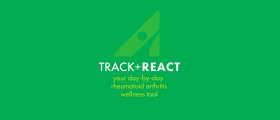



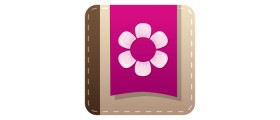
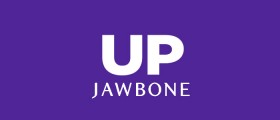

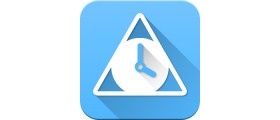


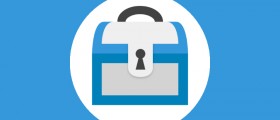

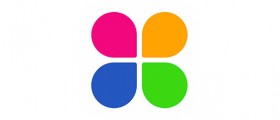

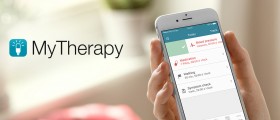

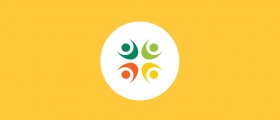
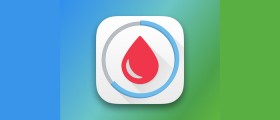
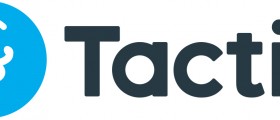
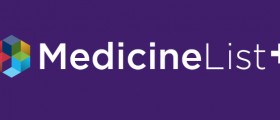
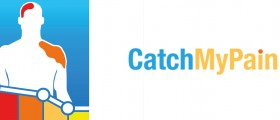
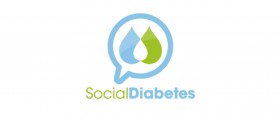
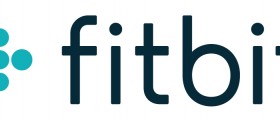
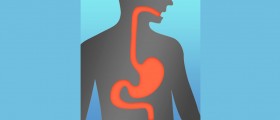

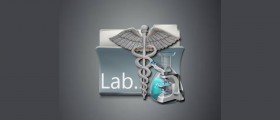
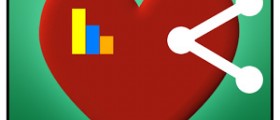
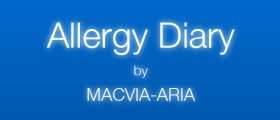
Your thoughts on this
Loading...